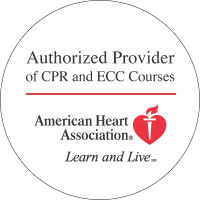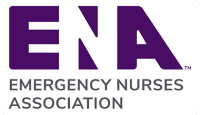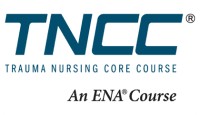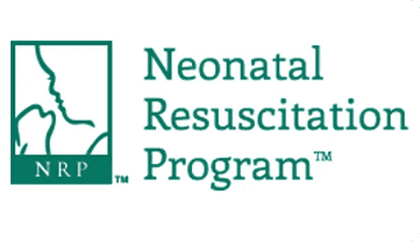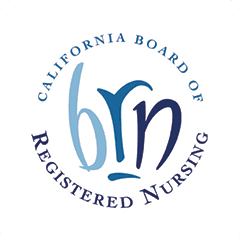In this week’s edition of the Heartbeat Blog, we will begin a discussion on urinary tract infections as a precursor to our upcoming lecture series on “The CNA role in identifying patients at risk for a UTI.”
The role of a CNA in identifying patients at risk for a UTI
A urinary tract infection (UTI) is an infection that occurs when bacteria travels up the urethra and into the bladder. The most common symptoms of urinary tract infections in the general population are:
– Pain or burning with urination
– Frequently urinating
– Cloudy or blood urine
– Pain or pressure to the lower groin
Symptoms like these make it easy for a person to get diagnosed with a UTI and seek quick treatment. Unfortunately, this is not the case in most elderly patients.
According to the CDC, the elderly are already at risk for developing urinary tract infections. This is for a few reasons:
- Decreased mobility
- Age related changes of the urethra and bladder
- Comorbid Conditions (Other diseases like strokes, nerve diseases, and many others that affect the ability to urinate regularly or normally)
- Presence of urinary catheters to assist with voiding
Because of this, the incidence of UTIs is very high in long term care facilities.
In the elderly, symptoms are not usually as typical and straightforward as in the general population. Additionally, some elderly patients have specific diseases that do not allow them to express their discomfort or urinary symptoms. For example, a patient with incontinence cannot know if they are frequently urinating. Patients who are nonverbal from strokes cannot describe their pain or discomfort. This puts elderly patients with co-morbidities at a high risk for UTIs, since they are not always caught until a late stage.
How can a CNA assist in the detection of UTIs in their patients?
Knowing the symptoms of UTIs in the elderly and how they differ from the general population.
In the elderly, the most common symptoms of UTI are:
- Change in mental status or personality
- Restlessness (continued movement, rocking)
- Confusion or delirium
- Groaning, moaning, or guarding an affected area
- Grimacing
- Poor appetite
- Changes in alertness, lethargy
If a patient is already confused at baseline, look for strange or irregular habits for that patient. If a patient who was previously confused but pleasant is now scratching, screaming, fighting staff, and/or restless, they should get checked out for a UTI. As a CNA, you know your patients well and how they typically act. Notify your nurse immediately if you notice your patient is acting differently than their baseline!
Give us a call at 510-452-1100 to learn more about our continuing education courses. Our courses will help prepare you for whatever being a CNA throws your way. CNA courses are available at our Oakland and Sacramento locations and are approved by the California Department of Public Health (NAC approved CE # 1187).
Check back next week as we continue our discussion on a new series on, “The CNA role in identifying patients at risk for a UTI.” You can also see what’s next in our CNA programs by enrolling in our continued education courses. Or you can give us a call at 510-452-1100 x 0 and we can sign you up today.


